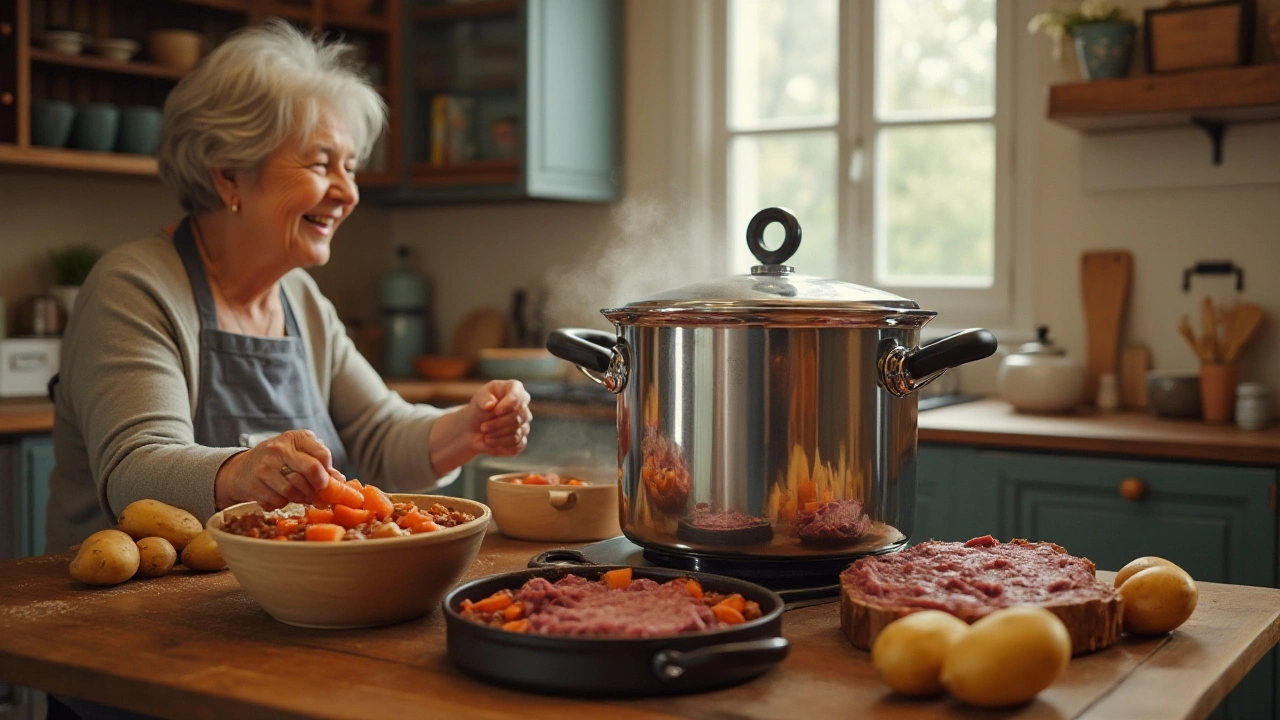Essential Pressure Cooker Tips for Fast, Safe Meals
If you own a pressure cooker, you already know it can cut cooking time dramatically. But many people miss out on the little tricks that make it even safer and tastier. Below are the practical tips you can start using today, whether you’re a beginner or have been pressure‑cooking for years.
Safety First: Avoid Common Mistakes
Before you even think about the recipe, check the seal and the vent. A warped gasket or a blocked vent can cause pressure to build too high, leading to dangerous releases. Clean the silicone ring with warm, soapy water after every use and dry it thoroughly. When you’re ready to cook, make sure the lid locks firmly and the pressure indicator is seated correctly.
Never fill the pot more than two‑thirds full, and for foods that expand—like rice or beans—stick to half full. Overfilling blocks steam flow and can cause the safety valve to pop unexpectedly. Also, always use enough liquid; most pressure cookers need at least 1 cup of water or broth to generate the steam needed for pressure.
Cooking Hacks to Save Time and Boost Flavor
One of the biggest time‑savers is to use the “quick release” method only for foods that won’t overcook in a few minutes, like vegetables. For meat, let the pressure drop naturally; the residual heat continues cooking and keeps the meat tender.
Layering ingredients matters. Place denser foods—such as root vegetables—at the bottom, and put delicate items like fish or quick‑cooking grains on top using a steamer basket. This ensures everything finishes at the right time without you having to guess cooking lengths.
Try the “brown‑then‑pressure” technique: sauté onions, garlic, and spices directly in the pot using the sauté function or on the stove before sealing. This builds a richer base flavor without extra pans. After browning, add the liquid and seal the lid for the remaining cooking time.
Don’t forget to de‑glaze. Once you release the pressure, scrape any browned bits from the bottom with a wooden spoon. Those bits turn into a natural gravy that adds depth to soups, stews, and sauces.
Finally, keep a small bowl of cold water handy. If the safety valve starts to hiss too often, a quick splash of water can help reset the pressure and prevent the cooker from overheating.
By following these safety checks and cooking tricks, your pressure cooker becomes a reliable, go‑to tool for fast, flavorful meals. Whether you’re whipping up a quick weeknight stew or experimenting with bulk batch cooking, the right tips make all the difference. Happy cooking!
Understanding Pressure Cooker Lifespan and Maintenance Tips
0 Comments
Pressure cookers, a staple in many kitchens, play an invaluable role in creating quick and delicious meals. But just like any other kitchen appliance, they're not immune to wear and tear. Discover how long these cookers typically last, how to extend their lifespan with simple maintenance, and what factors can impact their durability. Gain insight into when it may be time to replace your cooker and the essential elements to inspect for ensuring safety and efficiency.
Read More